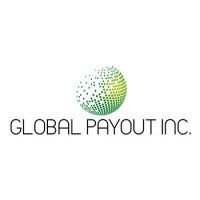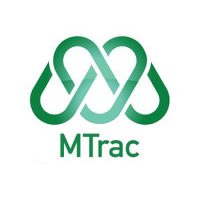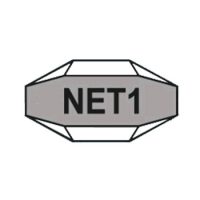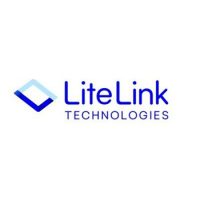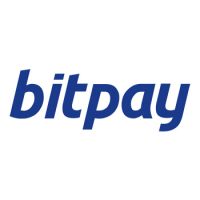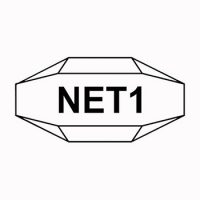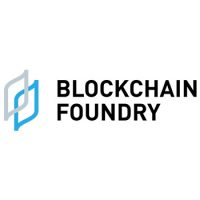Blockchain Press Releases
Flexible Hybrid Electronics Offers the Best of Both Approaches, Says IDTechEx

BOSTON, July 31, 2023 /PRNewswire/ — Can electronics be additively manufactured and flexible without compromising on the capabilities of conventionally produced integrated circuits (ICs)? Often described as ‘print what you can, place what you can’t’, flexible hybrid electronics (FHE) offers an enticing blend of capabilities, enabling rapid prototyping, flexibility/stretchability, and roll-to-roll manufacturing of circuits with conventional ICs. Furthermore, this manufacturing methodology is moving out of research labs and into commercial production, with new and existing contract manufacturers now offering FHE.
IDTechEx’s report “Flexible Hybrid Electronics 2024-2034” evaluates the status and prospects of FHE circuits, which we forecast to reach a market size of around US$1.8 billion by 2034 – more if the associated infrastructure, software, and services are included. Drawing on years of following the printed electronics industry and 40 interview-based company profiles, the report outlines trends and innovations in the materials, components, and manufacturing methods required. It explores the application sectors where FHE is most likely to be adopted, drawing on both current activity and an evaluation of FHE’s value proposition. Granular market forecasts break down the opportunities for FHE circuits across 5 application sectors (automotive, consumer goods, energy, healthcare/wellness, and infrastructure/buildings/industrial) into 39 specific opportunities, such as skin temperature sensors and printed RFID tags.
Enabling Technologies
Manufacturing FHE circuits requires many current and developing emerging technologies that are essential to circuits. These include:
- Low-cost thermally stabilized PET substrates that are dimensionally stable.
- Component attachment materials compatible with flexible thermally fragile substrates, such as low-temperature solder and field-aligned anisotropic conductive adhesives.
- Flexible integrated circuits based on both thinned Si and metal oxides.
- Conductive inks based on both silver and copper.
- Thin film batteries, especially if printable.
- Printed sensors of all types.
- Manufacturing methods for mounting components on flexible substrates.
The IDTechEx report assesses the status and prospects of each technology in detail, with recent developments and technological gaps highlighted and the merits of different approaches compared. This analysis is based on interviews with many suppliers and annual attendance at multiple printed/flexible electronics conferences. Furthermore, we profile 6 government research centers and a range of collaborative projects from around the world that support the adoption of flexible hybrid electronics, demonstrating the major players and technological themes.
Assessing Application Opportunities
With so many potential addressable markets, establishing where FHE offers the most compelling value proposition relative to alternative electronics manufacturing approaches is essential. As a manufacturing methodology rather than a specific product, the benefits of using FHE are highly dependent on the application.
For prototyping and high mix low volume production, printing with digital methods such as inkjet rather than chemically etching the conductive traces enables straightforward adjustments to design parameters. This brings multiple benefits, including shortening the product development process by reducing the time between design iterations and facilitating product ‘versioning’ to meet specific customer requirements without substantially increasing production costs.
Alternatively, for very high-volume applications such as RFID tags, smart packaging, and even large-area lighting, the compatibility of FHE with high throughput roll-to-roll (R2R) manufacturing via rotary printing methods such as flexography and gravure offer the potential for reduced costs. Rapid production can be expedited by low-temperature and/or high-speed component attachment methods, with competing approaches analyzed in detail within the report.
Flexibility and stretchability, of course, also form part of FHE’s value proposition. While conventionally manufactured flexible PCBs already meet some application requirements, such as for making electrical connections in confined spaces, the resilience of many printed conductive inks to repeated bending and tighter curvatures offers a clear differentiator. FHE is thus well suited for wearable applications such as electronic skin patches and applications where conformality is enabled by stretchability, such as integrated lighting.
Comprehensive Insight
IDTechEx has been researching developments in the printed and flexible electronics market for well over a decade. Since then, we have stayed close to technical and commercial developments, interviewing key players worldwide, annually attending conferences such as FLEX and LOPEC, delivering multiple consulting projects, and running classes/ workshops on the topic. “Flexible Hybrid Electronics 2024-2034” utilizes this experience and expertise to summarize IDTechEx’s knowledge and insight across the compelling and rapidly emerging manufacturing methodology of FHE.
To find out more about this new IDTechEx report, including downloadable sample pages, please visit www.IDTechEx.com/FlexElec.
Upcoming Free-to-Attend Webinar
Flexible Hybrid Electronics: The Best of Both Worlds?
Dr Dyson, Principal Technology Analyst at IDTechEx and author of this article, will be presenting a free-to-attend webinar on the topic on Thursday 17 August 2023 – Flexible Hybrid Electronics: The Best of Both Worlds?.
This webinar will discuss the following topics:
- An introduction to FHE, including motivating factors
- Discussion of recent innovations and commercial developments within FHE
- Identification of technological gaps and potential solutions
- A roadmap for how the industry will develop, spanning both technologies and applications
Click here to find out more and register your place on one of our three sessions.
About IDTechEx
IDTechEx guides your strategic business decisions through its Research, Subscription and Consultancy products, helping you profit from emerging technologies. For more information, contact [email protected] or visit www.IDTechEx.com.
Images download:
https://www.dropbox.com/scl/fo/dscmxqz13otjedzz91q6b/h?rlkey=pngu0gdj750w8l7btvwcfd4ya&dl=0
Media Contact:
Lucy Rogers
Sales and Marketing Administrator
[email protected]
+44(0)1223 812300
Social Media Links:
Twitter: www.twitter.com/IDTechEx
LinkedIn: www.linkedin.com/company/IDTechEx
Photo: https://mma.prnewswire.com/media/2165598/Inputs_assembly_and_applications_Source_IDTechEx.jpg
Logo: https://mma.prnewswire.com/media/478371/IDTechEx_Logo.jpg

![]() View original content:https://www.prnewswire.co.uk/news-releases/flexible-hybrid-electronics-offers-the-best-of-both-approaches-says-idtechex-301889207.html
View original content:https://www.prnewswire.co.uk/news-releases/flexible-hybrid-electronics-offers-the-best-of-both-approaches-says-idtechex-301889207.html

Blockchain
Ethereum ETFs Aren’t Blockchain But Is A Revolutionary Tech: Top 6 Amazing Reasons To Invest In Them
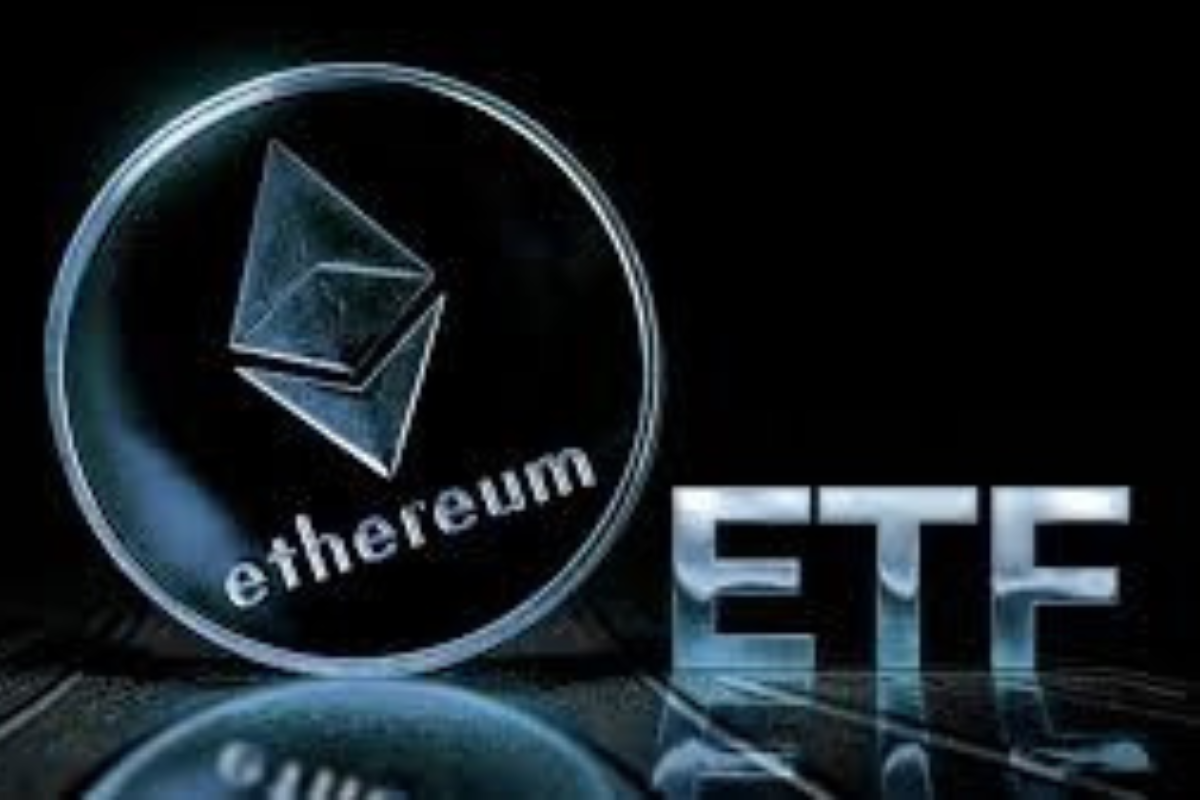
The financial landscape is rapidly evolving, with the integration of blockchain technology and cryptocurrencies becoming more prominent. Among these, Ethereum ETFs (Exchange-Traded Funds) have emerged as a significant investment vehicle, offering exposure to the Ethereum blockchain’s native cryptocurrency, Ether (ETH), without requiring direct ownership. However, it’s crucial to understand that Ethereum ETFs are distinct from the blockchain itself and serve different purposes in the investment world.
Understanding Ethereum and ETFs
Ethereum: A decentralized platform that enables the creation and execution of smart contracts and decentralized applications (dApps). It operates using its cryptocurrency, Ether (ETH), which fuels the network.
ETF (Exchange-Traded Fund): A type of investment fund that holds a collection of assets and is traded on stock exchanges. ETFs can include various asset classes, such as stocks, commodities, or bonds.
Ethereum ETFs: The Intersection of Traditional Finance and Cryptocurrency
An Ethereum ETF provides a way for investors to gain exposure to the price movements of Ether without directly purchasing the cryptocurrency. This is achieved through an ETF structure, where the fund holds assets linked to the value of Ether, and investors can buy shares of the ETF on traditional stock exchanges.
Key Features of Ethereum ETFs:
- Indirect Exposure: Investors gain exposure to Ether’s price changes without needing to manage or store the cryptocurrency themselves.
- Regulatory Compliance: Unlike the relatively unregulated cryptocurrency market, ETFs operate under the oversight of financial regulators, offering a layer of investor protection.
- Accessibility: Ethereum ETFs are available through traditional brokerage platforms, making them accessible to a broader range of investors.
Why Invest in an Ethereum ETF?
- Diversification: Including an Ethereum ETF in a portfolio can provide exposure to the cryptocurrency market, potentially enhancing diversification beyond traditional assets.
- Convenience and Familiarity: ETFs are a familiar investment product, simplifying the process of investing in cryptocurrencies.
- Professional Management: ETF managers handle the investment decisions, including the buying and selling of assets, which can be advantageous for those less familiar with the cryptocurrency space.
- Regulatory Oversight: ETFs are subject to regulatory scrutiny, potentially offering more safety and transparency compared to direct cryptocurrency investments.
- Potential for Growth: As the cryptocurrency market grows, ETFs linked to assets like Ether may benefit from rising prices.
Key Differences Between Ethereum and Ethereum ETFs
While both are related to the Ethereum blockchain, Ethereum itself and Ethereum ETFs represent different forms of investment:
- Ethereum (ETH):
- Direct ownership of the cryptocurrency.
- Full exposure to Ethereum’s features, including staking and network participation.
- Traded on cryptocurrency exchanges.
- Highly volatile and largely unregulated.
- Ethereum ETF:
- Indirect exposure through shares representing Ether’s value.
- Traded on traditional stock exchanges under regulatory oversight.
- Offers a more stable and familiar investment structure.
- Typically lower volatility compared to direct cryptocurrency ownership.
Future Considerations for Ethereum ETFs
The approval and launch of Ethereum ETFs mark a significant milestone in bringing cryptocurrencies closer to mainstream finance. They offer a convenient and regulated means for investors to gain exposure to the growing digital assets market. However, they also come with limitations, such as not allowing direct participation in the Ethereum ecosystem’s innovations, like dApps and smart contracts.
As the market evolves, we may see more sophisticated financial products that better capture the full potential of the Ethereum ecosystem. For now, Ethereum ETFs provide a balanced option for those interested in cryptocurrency exposure within the framework of traditional finance.
In conclusion, while Ethereum ETFs offer a gateway into the world of digital assets, they should be viewed as complementary to, rather than a replacement for, direct investment in the underlying blockchain technologies. Investors should carefully consider their investment goals, risk tolerance, and the unique attributes of both Ethereum and Ethereum ETFs when making investment decisions.
Source: blockchainmagazine.net
The post Ethereum ETFs Aren’t Blockchain But Is A Revolutionary Tech: Top 6 Amazing Reasons To Invest In Them appeared first on HIPTHER Alerts.
Blockchain
Nexo Reaffirms Commitment to Data Protection with SOC 3 and SOC 2 Compliance
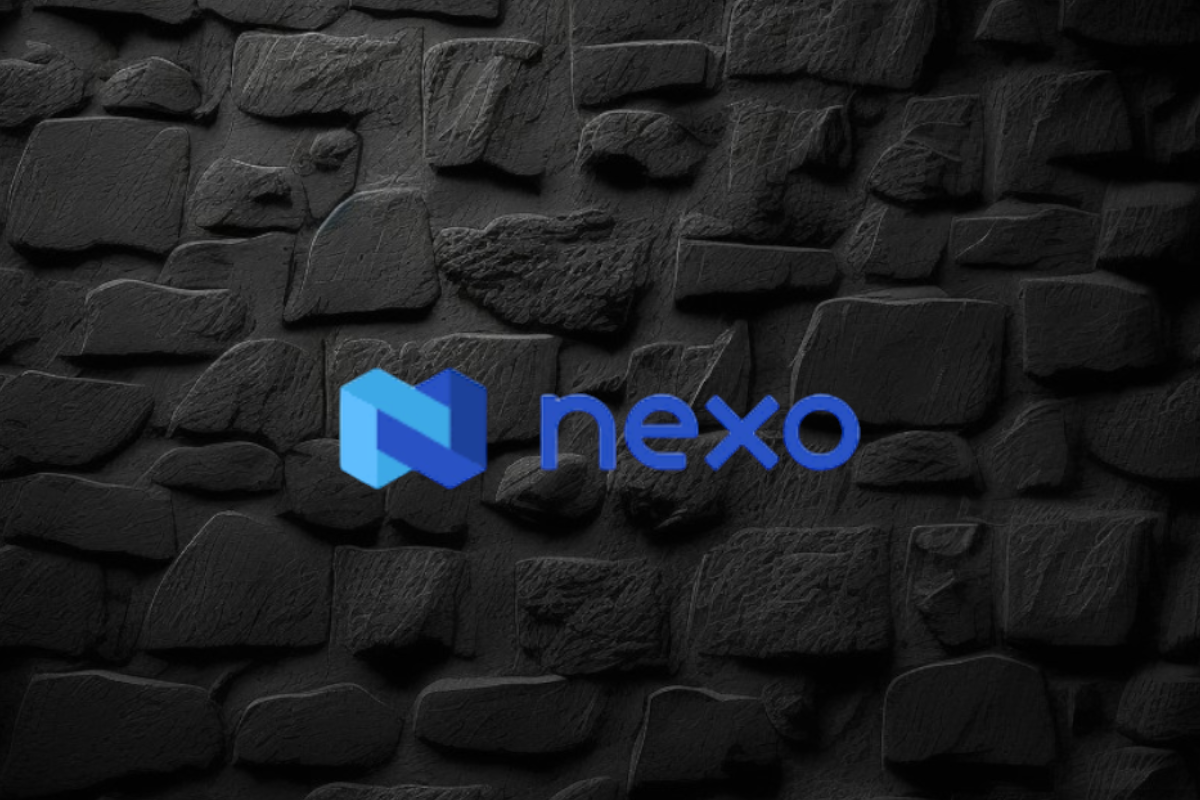
Nexo, a leading institution in the digital assets industry, has reinforced its commitment to data security by renewing its SOC 2 Type 2 audit and attaining a new SOC 3 Type 2 assessment without any exceptions. This rigorous audit process, conducted by A-LIGN, a respected independent auditor specializing in security compliance, confirms Nexo’s adherence to stringent Trust Service Criteria for Security and Confidentiality.
Key Achievements and Certifications
- SOC 2 and SOC 3 Compliance:
- SOC 2 Type 2: This audit evaluates and reports on the effectiveness of an organization’s controls over data security, particularly focusing on the confidentiality, integrity, and availability of systems and data.
- SOC 3 Type 2: This public-facing report provides a summary of SOC 2 findings, offering assurance to customers and stakeholders about the robustness of Nexo’s data security practices.
- Additional Trust Service Criteria:
- Nexo expanded the scope of these audits to include Confidentiality, showcasing a deep commitment to protecting user data.
- Security Certifications:
- The company also adheres to the CCSS Level 3 Cryptocurrency Security Standard, and holds ISO 27001, ISO 27017, and ISO 27018 certifications, awarded by RINA. These certifications are benchmarks for security management and data privacy.
- CSA STAR Level 1 Certification:
- This certification demonstrates Nexo’s adherence to best practices in cloud security, further solidifying its position as a trusted partner in the digital assets sector.
Impact on Customers and Industry Standards
Nexo’s rigorous approach to data protection and compliance sets a high standard in the digital assets industry. By achieving these certifications, Nexo provides its over 7 million users across more than 200 jurisdictions with confidence in the security of their data. These achievements not only emphasize the company’s dedication to maintaining top-tier security standards but also highlight its proactive stance in fostering trust and transparency in digital asset management.
Nexo’s Broader Mission
As a premier institution for digital assets, Nexo offers a comprehensive suite of services, including advanced trading solutions, liquidity aggregation, and tax-efficient credit lines backed by digital assets. Since its inception, the company has processed over $130 billion, showcasing its significant impact and reliability in the global market.
In summary, Nexo’s successful completion of SOC 2 and SOC 3 audits, along with its comprehensive suite of certifications, underscores its commitment to the highest standards of data security and operational integrity. This dedication positions Nexo as a leader in the digital assets space, offering unparalleled security and peace of mind to its users.
Source: blockchainreporter.net
The post Nexo Reaffirms Commitment to Data Protection with SOC 3 and SOC 2 Compliance appeared first on HIPTHER Alerts.
Blockchain
Marshall Becomes First US Senator to Walk from Controversial Crypto Bill He Co-Sponsored

Republican Senator Roger Marshall has withdrawn his support for the Digital Asset Anti-Money Laundering Act of 2023, a controversial bill he initially co-sponsored with Senator Elizabeth Warren and others. This bill, reintroduced in the Senate on July 27, 2023, aimed to bring the cryptocurrency industry into alignment with existing anti-money laundering (AML) and counter-terrorism financing (CTF) laws.
Key Provisions of the Bill
The legislation proposed stringent regulations on digital asset providers, including unhosted wallet providers, miners, and validators, by classifying them as financial institutions under the Bank Secrecy Act (BSA). It mandated these entities to adhere to BSA compliance requirements, which include extensive reporting and monitoring responsibilities. Additionally, the bill called for the Financial Crimes Enforcement Network (FinCEN) to establish regulations for reporting significant foreign digital asset holdings and to create compliance measures to address risks associated with anonymity-enhancing technologies.
Senator Marshall’s Shift
Marshall’s withdrawal from the bill comes as a surprise, particularly given his earlier criticisms of cryptocurrencies, which he has described as a “threat to national security.” This includes concerns over stablecoins like Tether potentially facilitating illegal activities and circumventing U.S. sanctions. Despite his earlier stance, Marshall’s departure from the legislation suggests a reconsideration of the bill’s implications or an alignment with broader political and industry perspectives on cryptocurrency regulation. His office has not provided a comment on the reasons for his withdrawal.
Political and Industry Reactions
The bill had garnered significant bipartisan support, with 18 co-sponsors, reflecting a broader concern in Congress over regulating the rapidly growing cryptocurrency market. However, it has also faced criticism for potentially imposing impractical compliance burdens that could stifle innovation and push crypto activities offshore. Critics argue that the bill’s stringent requirements could inadvertently drive users toward unregulated platforms, thereby undermining its intent to enhance security and regulatory oversight.
Broader Context
The withdrawal comes at a time when cryptocurrency regulation is a highly contentious issue in U.S. politics. Former President Donald Trump has promised to relax crypto regulations if elected, contrasting with the current administration’s more stringent stance. Under President Joe Biden, the Securities and Exchange Commission (SEC) and other regulatory bodies, led by figures like Gary Gensler, have taken a more rigorous approach to regulating the sector, which has drawn criticism for being overly restrictive.
Senator Marshall’s decision to step back from the Digital Asset Anti-Money Laundering Act reflects the complex and evolving nature of cryptocurrency regulation in the U.S. While the bill seeks to bring greater oversight and security to the crypto industry, it also raises concerns about regulatory overreach and its potential negative impact on innovation and privacy. As the debate continues, the U.S. legislative and regulatory landscape for cryptocurrencies remains in flux, balancing the need for security with the desire to foster technological innovation.
Source: decrypt.co
The post Marshall Becomes First US Senator to Walk from Controversial Crypto Bill He Co-Sponsored appeared first on HIPTHER Alerts.
-

 Blockchain4 days ago
Blockchain4 days agoBinance Cleared to Invest Customer Assets in US Treasury Bills: What It Means for Crypto and Dollar Dominance
-

 Blockchain4 days ago
Blockchain4 days agoDeep Custodian Limited Obtains Hong Kong TCSP License, Authorized to Provide Compliant Crypto Asset Custody Services
-

 Blockchain Press Releases2 days ago
Blockchain Press Releases2 days agoBybit Web3 Livestream Explores Cultural Meme Coins and Other Trends
-

 Blockchain3 days ago
Blockchain3 days agoBlockchain Intelligence Group adds additional modules and launches its Certified Cryptocurrency Investigator – Advanced Series
-

 Blockchain Press Releases2 days ago
Blockchain Press Releases2 days agoBybit Surges to Second Place in Derivatives Market, Solidifying Position as Global Crypto Trading Leader
-

 Blockchain3 days ago
Blockchain3 days agoBitAngels Network Hosts Blockchain Pitch Competition in Nashville
-

 Blockchain4 days ago
Blockchain4 days agoCoinW Continues Expedition Trek And Double Down On Presence At ETH-Native Events
-

 Blockchain2 days ago
Blockchain2 days agoKevin O ‘Leary Addresses Crypto Investing, Ethereum ETFs, and SEC Chair in Recent Interview






